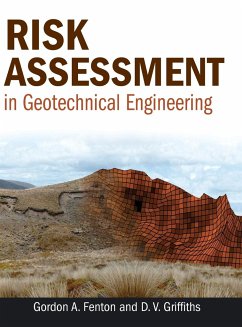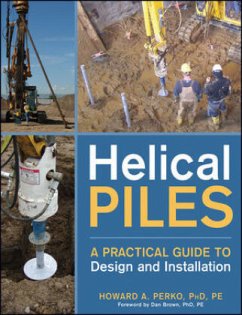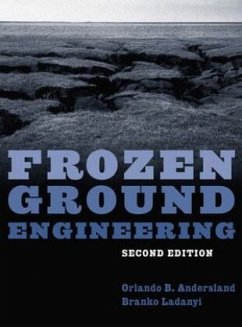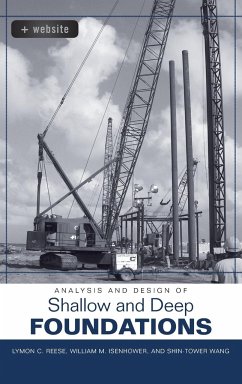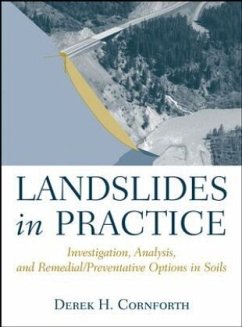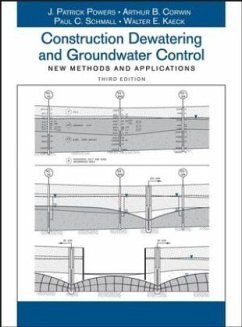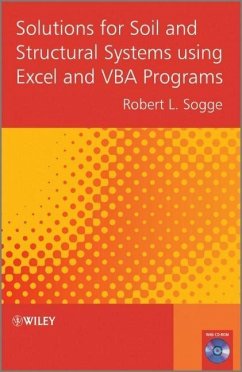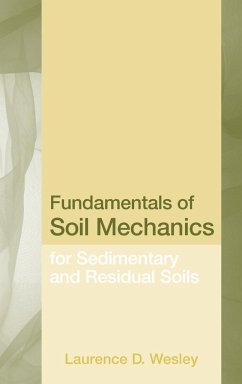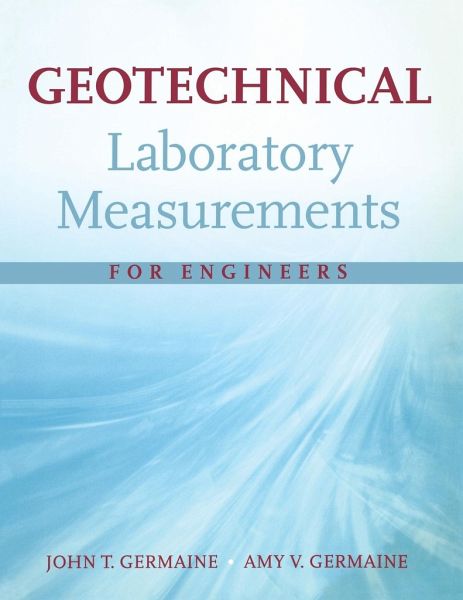
Geotechnical Laboratory Measurements for Engineers
Versandkostenfrei!
Versandfertig in über 4 Wochen
113,99 €
inkl. MwSt.

PAYBACK Punkte
57 °P sammeln!
Intended as a lab manual for a soil course, this book is the most up-to-date and comprehensive text available for undergraduate and graduate level students. The book covers 30 of the most common soil tests, referencing the ASTM standard procedures while helping students understand what the test is analyzing and how to interpret the results. Accompanied by easy-to-use MS Excel spreadsheets for reporting data, the book also includes solutions to about half of the example problems in the back of the book for easy reference by students and professionals alike.
A comprehensive guide to the most useful geotechnical laboratory measurements
Cost effective, high quality testing of geo-materials is possible if you understand the important factors and work with nature wisely. Geotechnical Laboratory Measurements for Engineers guides geotechnical engineers and students in conducting efficient testing without sacrificing the quality of results.
Useful as both a lab manual for students and as a reference for the practicing geotechnical engineer, the book covers thirty of the most common soil tests, referencing the ASTM standard procedures while helping readers understand what the test is analyzing and how to interpret the results.
Features include:
Explanations of both the underlying theory of the tests and the standard testing procedures
The most commonly-taught laboratory testing methods, plus additional advanced tests
Unique discussions of electronic transducers and computer controlled tests not commonly covered in similar texts
A support website at www.wiley.com/college/germaine with blank data sheets you can use in recording the results of your tests as well as Microsoft Excel(r) spreadsheets containing raw data sets supporting the experiments
Cost effective, high quality testing of geo-materials is possible if you understand the important factors and work with nature wisely. Geotechnical Laboratory Measurements for Engineers guides geotechnical engineers and students in conducting efficient testing without sacrificing the quality of results.
Useful as both a lab manual for students and as a reference for the practicing geotechnical engineer, the book covers thirty of the most common soil tests, referencing the ASTM standard procedures while helping readers understand what the test is analyzing and how to interpret the results.
Features include:
Explanations of both the underlying theory of the tests and the standard testing procedures
The most commonly-taught laboratory testing methods, plus additional advanced tests
Unique discussions of electronic transducers and computer controlled tests not commonly covered in similar texts
A support website at www.wiley.com/college/germaine with blank data sheets you can use in recording the results of your tests as well as Microsoft Excel(r) spreadsheets containing raw data sets supporting the experiments






